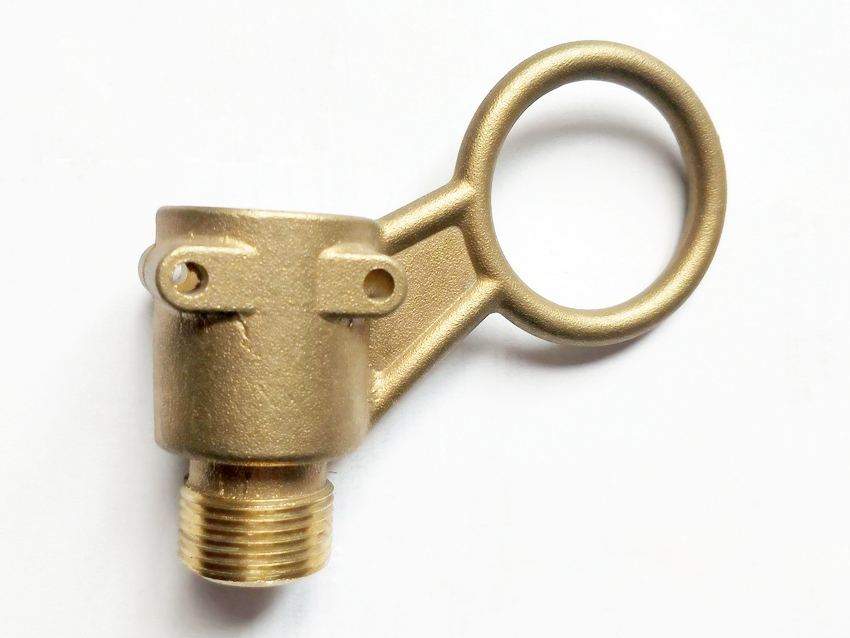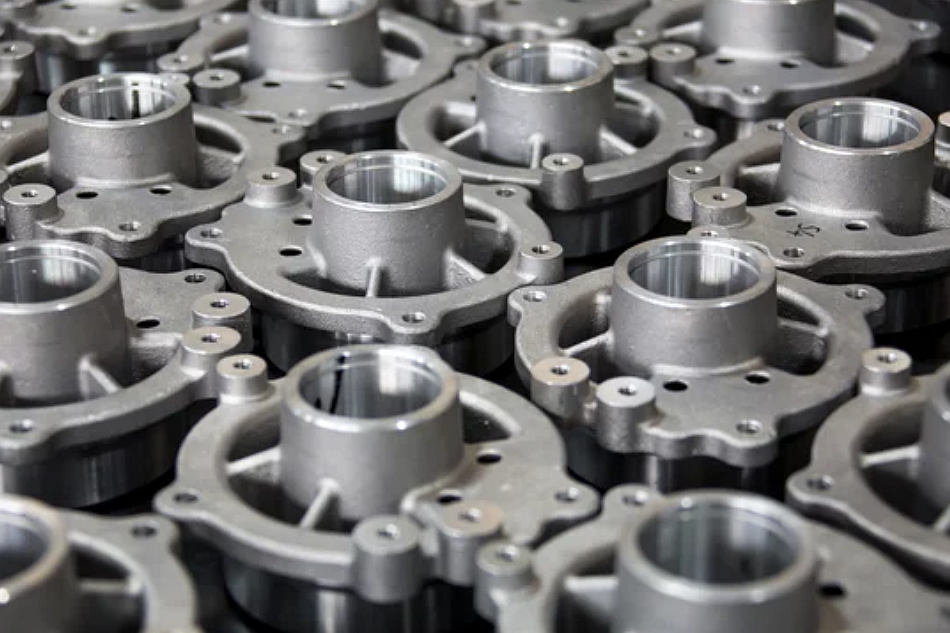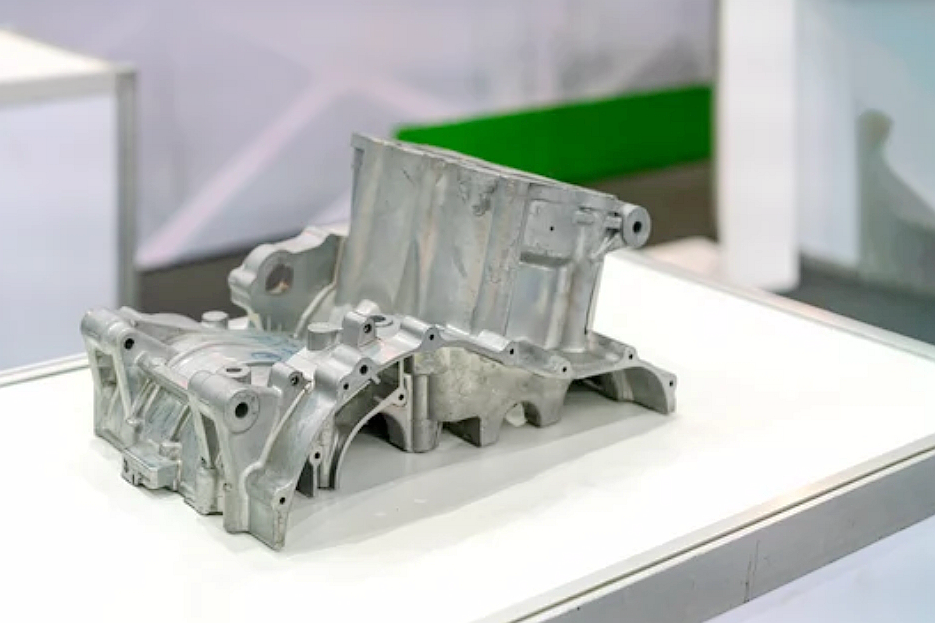Metal Mastery: Leveraging Material Versatility in Sand Casting for Superior Performance
Introduction
Sand casting is one of the oldest and most versatile metal casting processes, highly valued for its adaptability in producing diverse metal components. By mastering the versatility of available casting materials, manufacturers can optimize product performance, enhance durability, and achieve cost-effectiveness. In this blog, we'll explore the advantages of material versatility in sand casting, its performance impact, and practical applications across various industries.
Understanding Sand Casting and Material Versatility
Sand casting involves pouring molten metal into a precisely shaped sand mold, where it solidifies to form complex parts. Its flexibility allows for the use of diverse metals, including robust materials like cast aluminum and strong, corrosion-resistant cast stainless steel. Compared to methods like die casting or investment casting, sand casting uniquely accommodates a wider range of metals and alloys tailored to specific industrial needs.
Advantages of Material Versatility in Sand Casting
Flexibility in Metal Selection
Sand casting provides unmatched flexibility in metal choice, enabling manufacturers to select metals that precisely match performance requirements. Whether prioritizing strength, durability, or corrosion resistance, options such as carbon steel or bronze alloys ensure ideal outcomes.
Customization of Mechanical Properties
Manufacturers can experiment with alloy compositions effortlessly, optimizing mechanical properties like tensile strength, ductility, and conductivity. This customization capability is crucial for achieving targeted performance metrics in sectors such as automotive and aerospace.
Cost-Effectiveness and Adaptability
Selecting appropriate and economical metals significantly reduces production costs without sacrificing quality. Sand casting’s adaptability makes it especially advantageous for prototyping and low-volume manufacturing, allowing cost-effective experimentation and iterative improvement.
Ease of Experimentation
The sand casting process supports rapid prototyping and testing of new alloy combinations, accelerating innovation and enhancing product development efficiency. Companies like energy and heavy machinery use this ease of experimentation to improve reliability and performance.
Real-World Applications Highlighting Material Versatility
Automotive Industry
Sand casting is widely utilized in the automotive sector for critical parts like engine blocks and transmission housings. Metals such as iron and cast aluminum are chosen for their strength, durability, and weight efficiency, significantly enhancing vehicle performance and fuel economy.
Industrial Machinery and Heavy Equipment
Components for heavy machinery, including gears, pump housings, and structural frameworks, often rely on sand casting. Robust materials like low alloy steel and iron ensure these parts withstand heavy-duty operational stresses, maximizing equipment reliability and longevity.
Construction and Infrastructure
Sand casting produces essential infrastructure components such as valves and structural fittings. Utilizing strong, corrosion-resistant materials like cast stainless steel and carbon steel enhances infrastructure projects' safety, stability, and longevity.
Marine and Aerospace
The marine and aerospace sectors rely heavily on sand casting for high-performance parts requiring corrosion resistance and structural integrity. Selecting specialized alloys such as bronze and aluminum ensures exceptional performance in marine environments and reduces weight in aerospace components, boosting fuel efficiency.
Enhancing Product Performance through Material Selection
Choosing the optimal material directly influences product performance and lifespan. Detailed analysis of metal properties enables manufacturers to tailor products precisely to operating conditions and consumer expectations. For instance, high-strength alloys like steel are ideal for equipment subjected to heavy loads, while lighter aluminum alloys offer superior solutions for mobility-focused sectors such as automotive or e-mobility.
Overcoming Material-Related Challenges in Sand Casting
Common Challenges
Different metals introduce specific casting challenges such as variable melting temperatures, fluidity, shrinkage rates, and cooling behavior, potentially causing defects like porosity or dimensional inaccuracies.
Best Practices
Effective strategies include precise process control, detailed mold designs, and stringent temperature regulation. Employing rigorous quality control measures and frequent testing helps manufacturers maintain consistent and defect-free casting outcomes.
Importance of Metallurgical Expertise
Working closely with metallurgical specialists significantly enhances casting results. Expert knowledge guides alloy selection addresses metallurgical complexities, and proactively manages defects, ensuring superior product quality and reliable performance.
Future Trends in Material Versatility and Sand Casting
Innovations in Alloy Development
Continuous advances in alloy technology are expanding sand casting's capabilities. New alloys offering increased strength, corrosion resistance, and lighter weights are emerging, empowering manufacturers to meet evolving industry-specific demands.
Impact of Advanced Technology
Integrating advanced simulation software, robotics, and automation technology further enhances sand casting precision. These advancements predict metal behavior accurately, optimize mold design, and reduce production defects, significantly improving manufacturing efficiency.
Emerging Market Opportunities
The versatility of sand-casting materials creates substantial opportunities in new sectors, including renewable energy, electric vehicles, and advanced aerospace. Manufacturers who effectively leverage diverse metal choices will secure competitive advantages in these rapidly growing markets.
Conclusion
Sand casting's exceptional material versatility significantly elevates product performance, durability, and cost-effectiveness across numerous industries. Mastering the selection and use of appropriate metals empowers manufacturers to precisely meet diverse performance requirements. Companies embracing material versatility in sand casting are well-positioned for sustainable growth, ongoing innovation, and market leadership.
FAQs:
What metals can be effectively used in sand casting?
How does material selection impact the performance of sand-casted products?
Which industries benefit most from the material versatility of sand casting?
What challenges arise when choosing different metals for sand casting?
How are advancements in alloy technology enhancing sand casting capabilities?



